What Exactly is Talent Optimization?
by Natalie Grogan, CEO of The Outstanding Company
We get asked this all the time so thought we’d break it down for you!
Talent Optimization is the practice of using science and data to align your business strategy with a talent strategy to achieve desired business results.
Most companies have a business strategy but do not have a talent strategy beyond “we’re hiring 10 people this year for x, y, z roles”.
On the right, you can see the T.O. cycle. It is continuous because business environments are always changing with new strategic goals, team members, roles, leaders, and managers.

Talent Optimization is founded in developing self-awareness and awareness of others, the #1 predictor of success in management and leadership. It is made up of four pillars and is used throughout the entire employee life cycle, from the pre-hire process and creating models of roles through retirement and succession planning. It is used with every single employee and every single candidate to design a workforce that is going to achieve your goals, and do it because they want to, not because they have to.
Pillar 1: Design
Design examines your strengths and blind spots as a leader, your team members’ strengths and blind spots, and how that all aligns with the business strategy you are pursuing.
- Develop self-awareness as to who you are as a leader
- Discover your team’s strengths and blind spots
- Align your team with the strategy you’re pursuing
- Predict leadership team dynamics
- Design a culture that will support your business goals
Pillar 2: Hire
Hire uses the Predictive Index Behavioral Assessment, Cognitive Assessment, and the Job Assessment.
The Job Assessment is a 10 minute survey taken by stakeholders – manager, director, HR, etc. – to develop an agreed upon standard for each role. This job profile is used to see how candidates match up to the type of person who will do the job well, for a long time, so you get the best-fit hire, the first time.
Each candidate takes the 5 minute Behavioral Assessment and is overlaid on the agreed upon job requirements to easily see where the candidate is in aligned to the role and where there are gaps. This also provides an onboarding framework to share with new hired, outlining exactly why you hired them for this role, and predicting where they might need some coaching, from the start.
- Define job requirements and get 100% buy-in from all stakeholders
- Equip hiring managers to attract and select the best talent
- Drastically reduce bias by using science to hire objectively
- Onboard employees with a clear understanding of expectations
- Understand team dynamics and fill strategic gaps
- Predict success up to 65% better than using intuition and interviews
The PI BA is one of the only tools appropriate for the pre-hire process. Tools like Myers-Briggs and DiSC can provide great insight but are daunting in terms of time. They also use a forced-choice format meaning that the user has to choose an item such as “most like me” or “least like me”. Studies show that there is too much variability in how people make that choice and is therefore inappropriate for hiring decisions (Meade, 2004). The Predictive Index BA is a free-choice assessment where the user only chooses what answers make sense to them.
Pillar 3: Inspire
Inspire is all about development and engagement. Existing employees’ Behavioral Assessment results give us deep insight into what drives and motivates them. Comparing them to the JA gives us concrete coaching advice to prevent things like burnout and future challenges in the role and with the team, manager, and organization.
- Identify and develop your top-performers and next leaders
- Use science to identify areas that need coaching
- Predict burnout and misalignment with Self-Concept using the BA
- Create career paths to give employees something to work towards
- Create high performing teams
- Reinforce your culture
- Learn how to promote using predictive analytics
Pillar 4: Diagnose
Diagnose is the Employee Experience Survey paired with the Take Action on Engagement Workshop. Diagnose gives us insights into how your employees are experiencing their job, manager, team, and the organization at the individual, team, and company-wide levels. Unlike other employee engagement surveys, the questions are pre-developed, based in Industrial-Organizational Psychology, to measure what is really important.
When companies send out engagement surveys but do nothing with the results, it makes engagement worse. Take Action on Engagement ensures that the action items from the survey are clear, owned, and are being implemented so employees can see that you are serious about improving.
- Measures employee engagement across the four factors of disengagement: Job, Manager, Team, Organization
- Find out if your company, team, and individuals are rowing in the same direction
What do you really know about your people at work?
Managing without people data is managing blindly. Talent Optimization provides a framework to harness the value of people data and easily turn it in to action. Using the Talent Optimization framework, you remove the guess-work, simplifying major aspects of leadership, management, and development and it always results in saving money and improving productivity.
We welcome the opportunity to introduce you to Talent Optimization, implement these tools within your organization, and work with you to continuously improve your business results year after year. We empower your teams to use the tools and are here for you when you need us.
